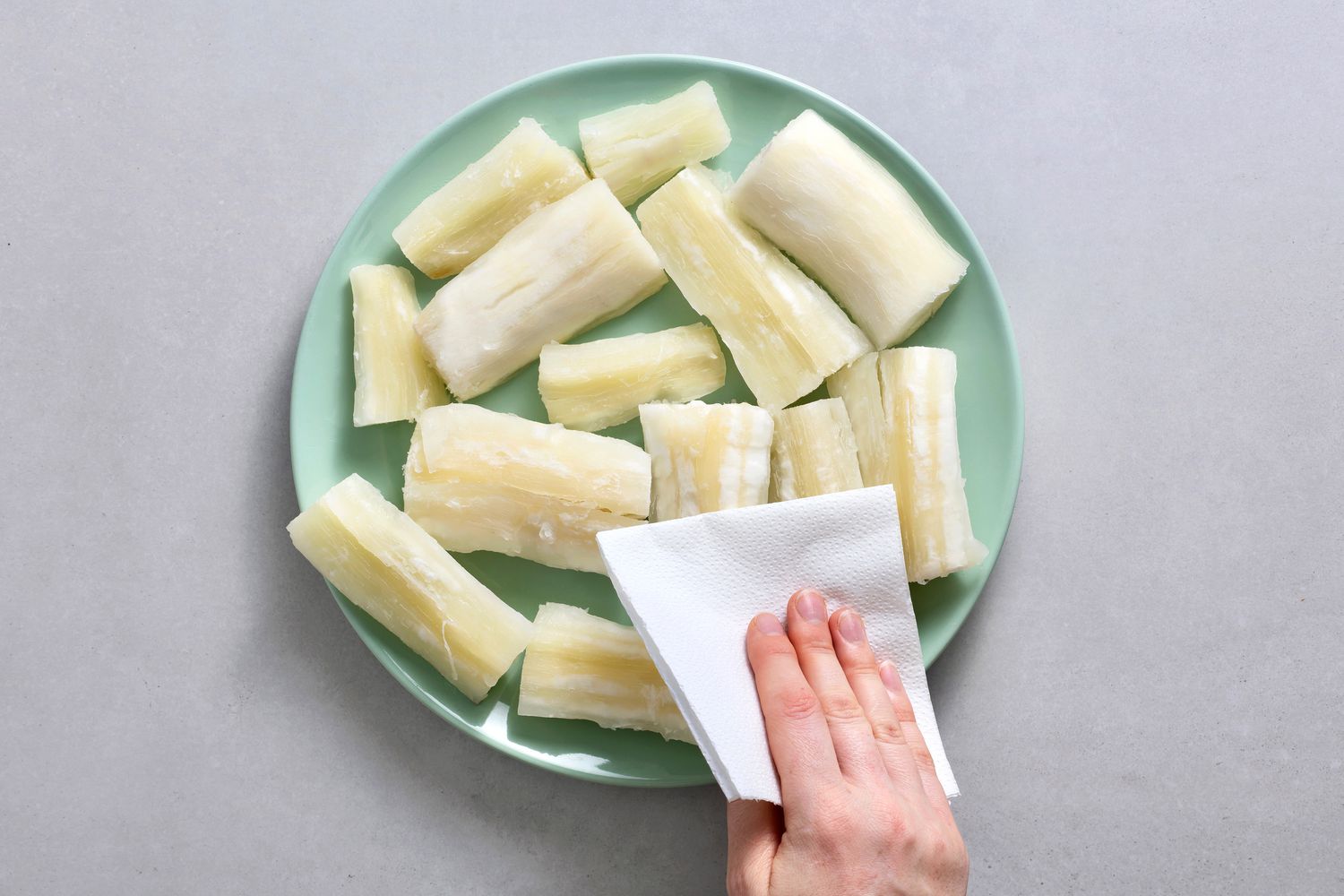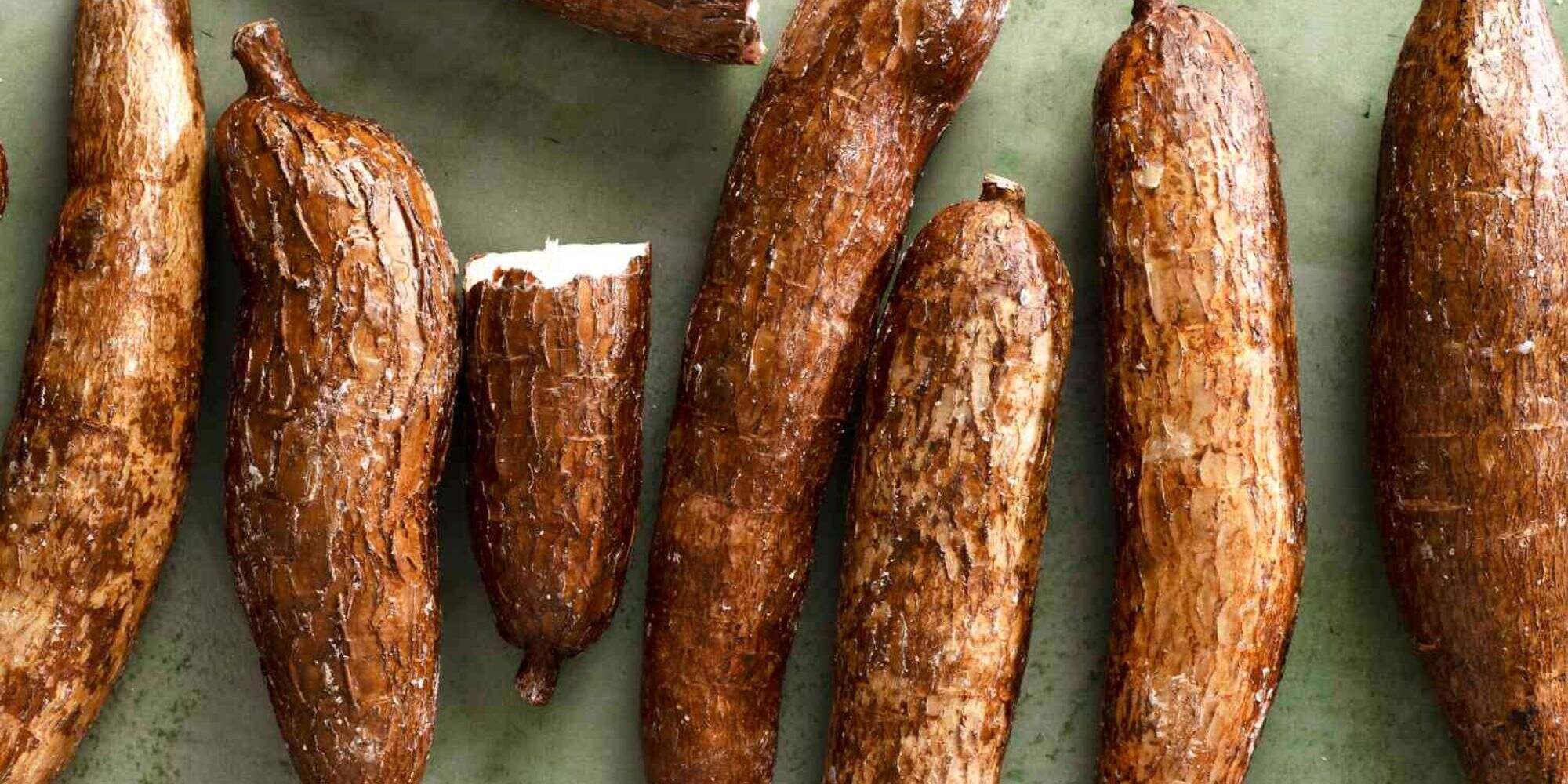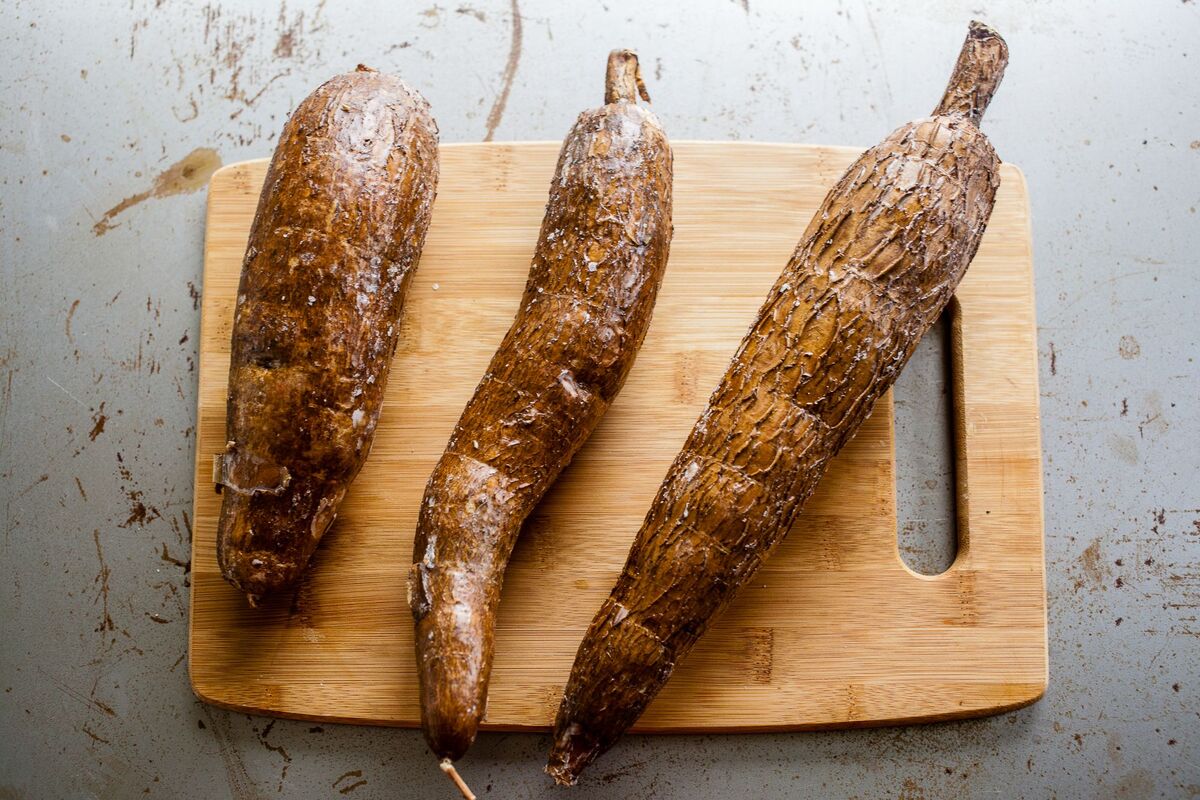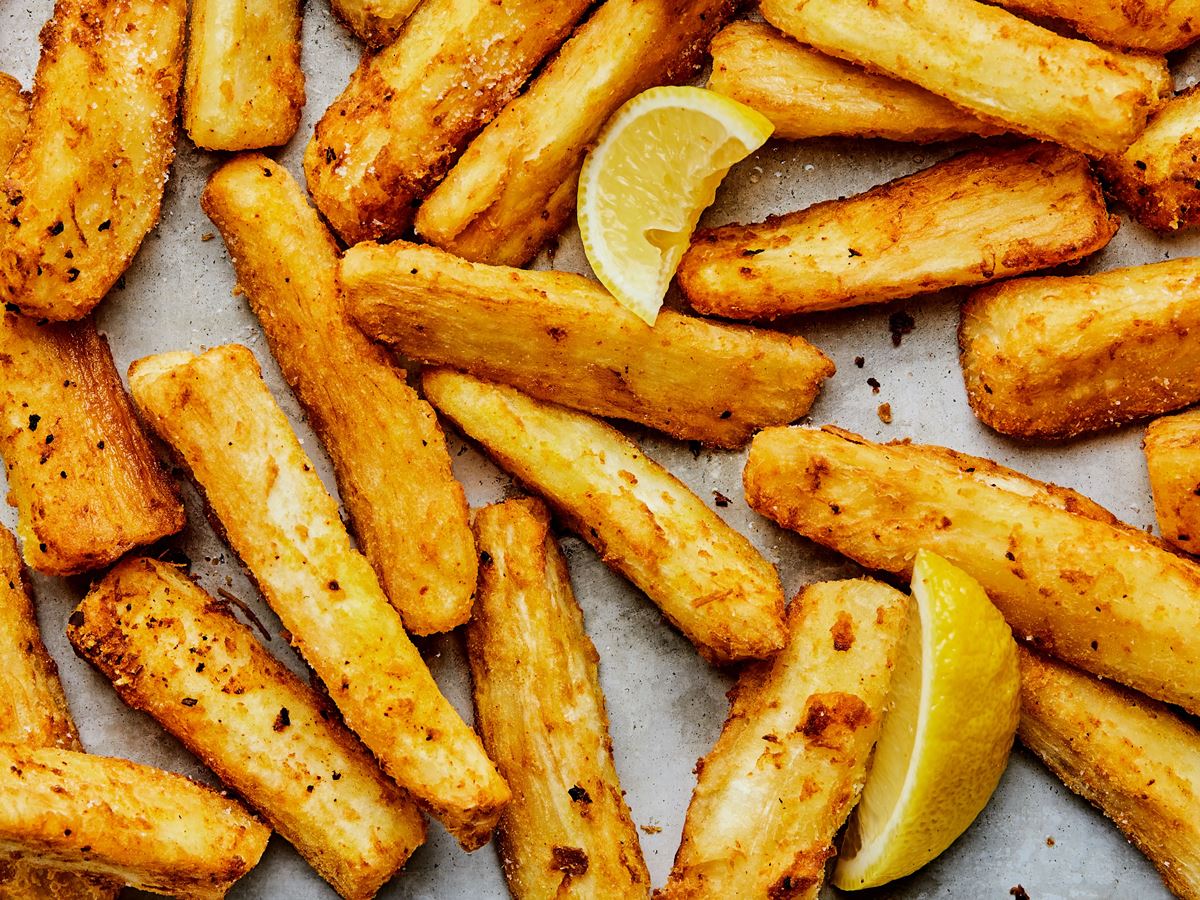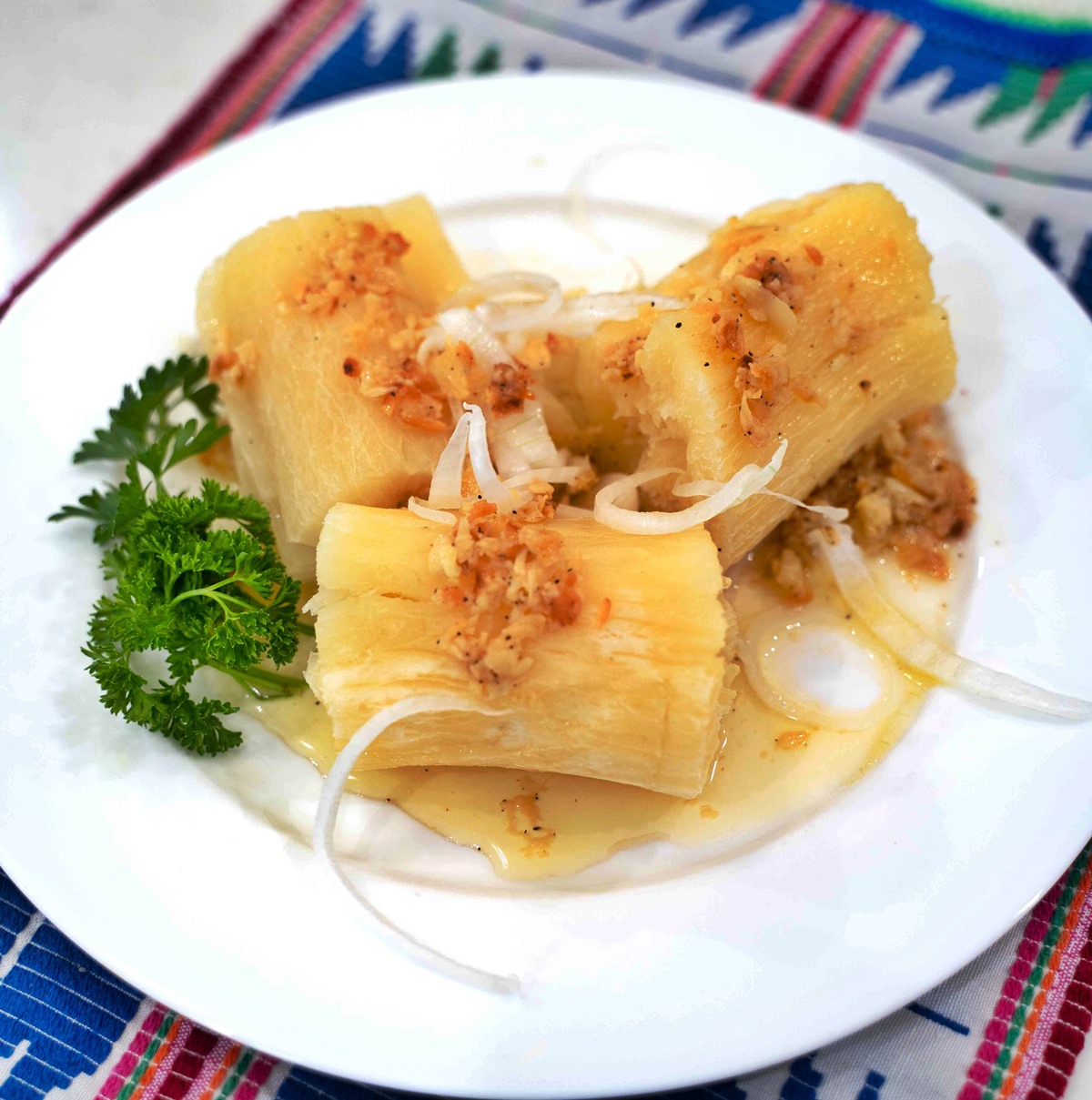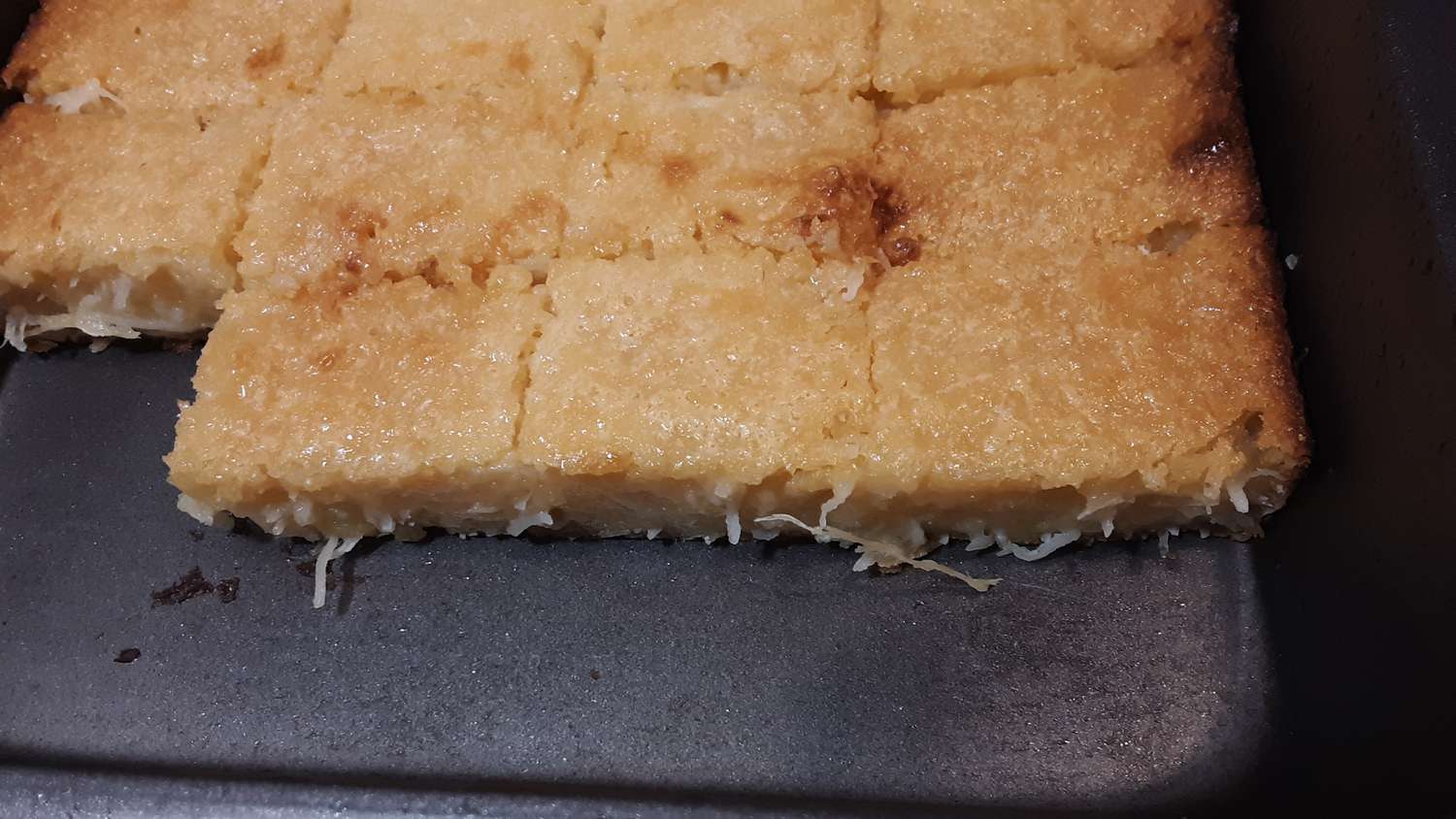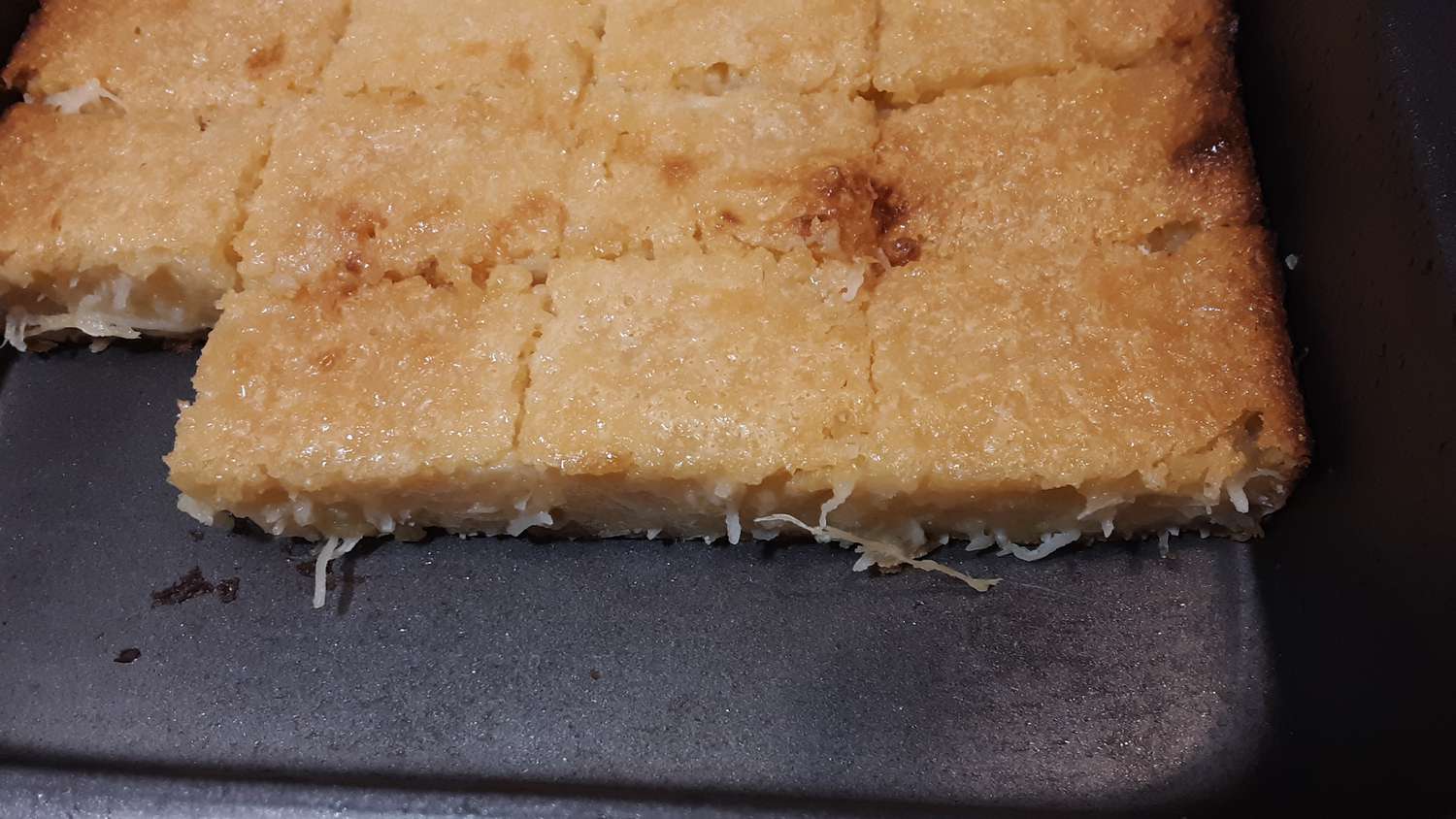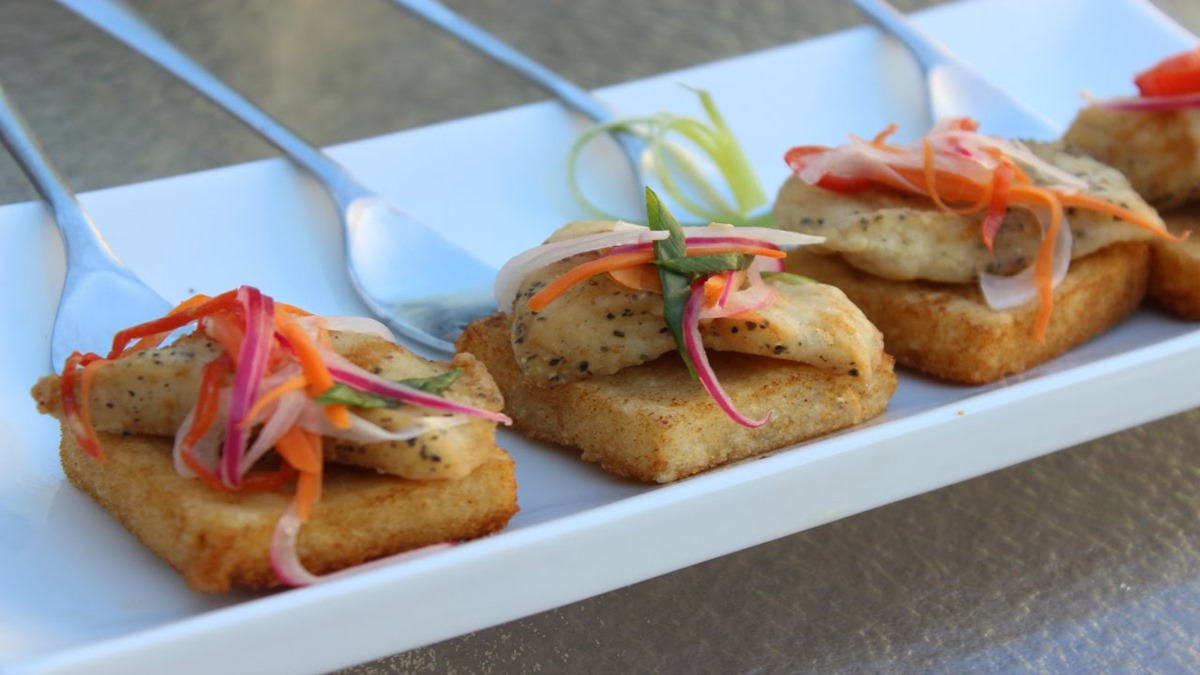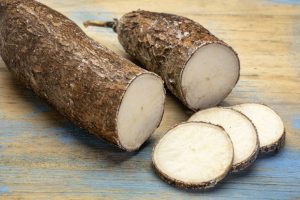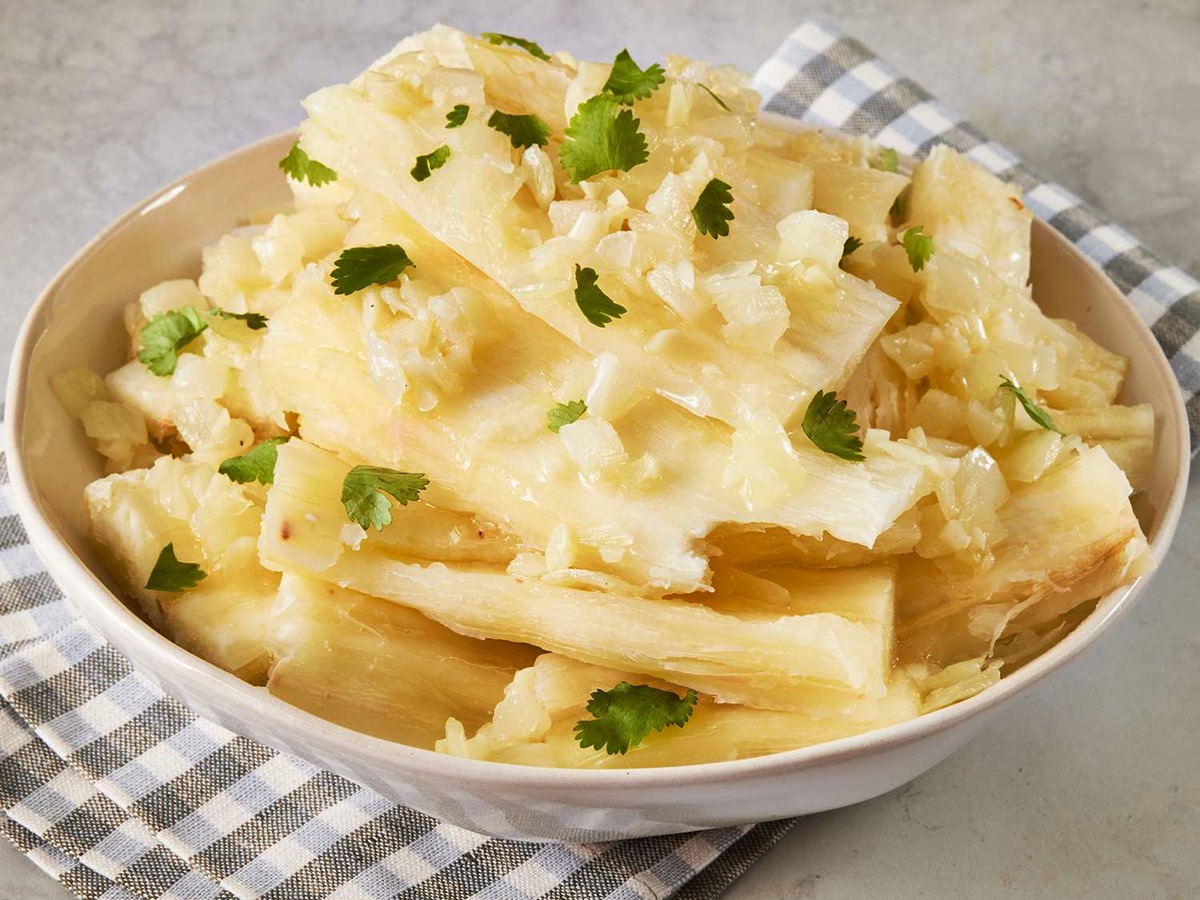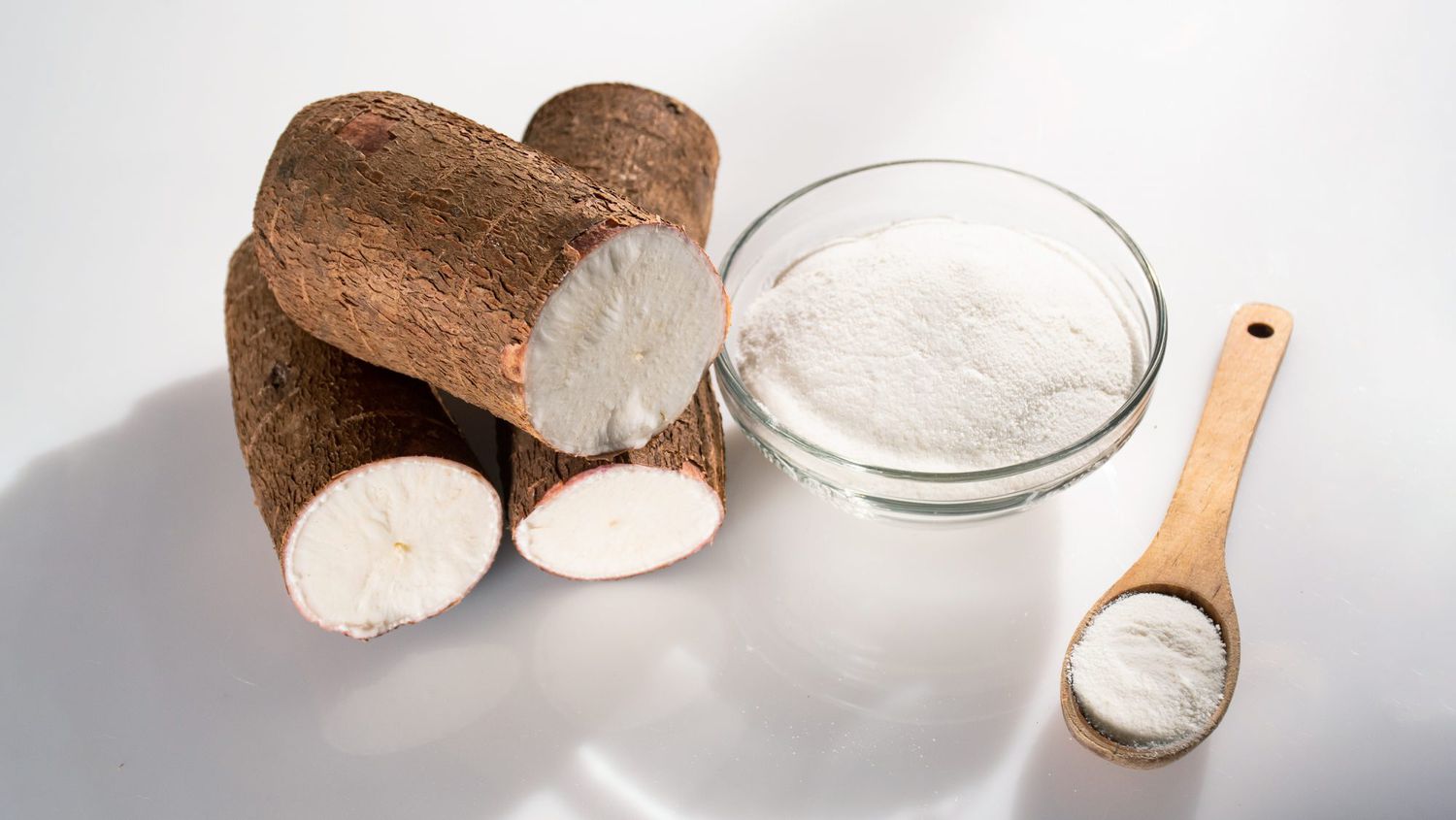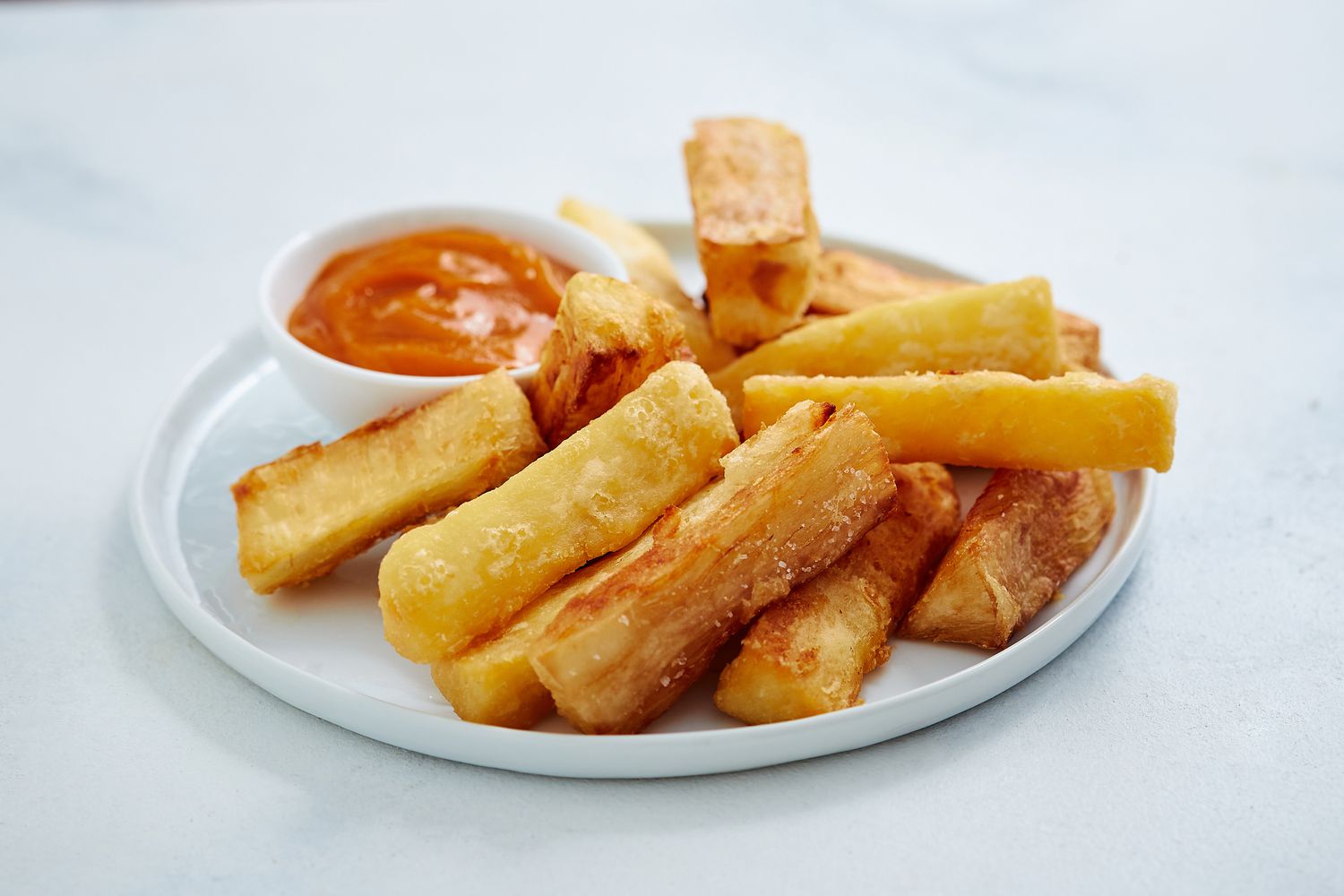Exploring the Delicious and Nutritious Cassava Root
Welcome to the wonderful world of cassava root! This starchy tuber, also known as yuca, is a staple food in many parts of the world and is incredibly versatile in the kitchen. Not only is cassava delicious, but it also offers a range of health benefits. In this article, we’ll explore the various ways you can enjoy and incorporate cassava root into your diet.
1. Boiled Cassava
One of the simplest and most popular ways to enjoy cassava is by boiling it. Start by peeling the cassava root and cutting it into manageable pieces. Then, boil the cassava in salted water until it becomes tender. Once cooked, you can enjoy the boiled cassava as a side dish or incorporate it into stews and soups.
2. Cassava Fries
If you’re a fan of french fries, you’ll love cassava fries. Simply cut the peeled cassava into fry-shaped pieces, toss them in a bit of oil and your favorite seasonings, and then bake them in the oven until they’re crispy. These cassava fries make a delicious and healthier alternative to traditional potato fries.
3. Cassava Mash
Similar to mashed potatoes, cassava mash is a comforting and satisfying dish. Boil the peeled cassava until soft, then mash it with butter, salt, and pepper. You can also add garlic or herbs for extra flavor. Cassava mash pairs well with a variety of main dishes and is a great way to switch up your side dishes.
4. Cassava Flour
Cassava root can also be ground into a fine flour that is gluten-free and suitable for baking. You can use cassava flour as a 1:1 substitute for wheat flour in many recipes, making it a versatile option for those with gluten sensitivities. From bread and pancakes to cookies and cakes, the possibilities are endless with cassava flour.
5. Cassava Chips
For a crunchy and satisfying snack, consider making cassava chips. Thinly slice the peeled cassava, toss the slices in a bit of oil and seasoning, and then bake them until they’re crispy. These homemade cassava chips are a healthier alternative to store-bought potato chips and can be enjoyed on their own or with your favorite dip.
6. Cassava in Soups and Stews
Cassava is a wonderful addition to soups and stews, adding heartiness and a unique texture to the dish. Simply peel and chop the cassava into bite-sized pieces, then add it to your favorite soup or stew recipe. The cassava will absorb the flavors of the dish while adding a satisfying element to each spoonful.
As you can see, there are countless ways to enjoy cassava root in your culinary adventures. Whether you’re boiling, baking, or mashing it, cassava is a versatile and nutritious ingredient that can add a delicious twist to your meals. So, the next time you come across this humble tuber at the market, don’t hesitate to bring it home and get creative in the kitchen!
